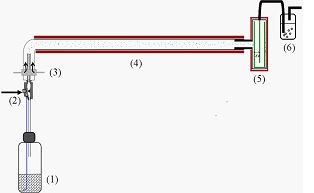Gwenaelle Eucat
Design of solid state emitters for biological imaging
Gwenaelle Eucat
Imaging of new vessel growth or angiogenesis during tumor growth is important in the evaluation and validation of new treatment protocols. Most medical imaging methods lack the spatial resolution to detect microscopic changes at the capillary level; therefore new in vivo imaging protocols are necessary. Two-photon fluorescence (TPEF) microscopy is the only technique that allows in vivo imaging of vascular changes at a microscopic scale. However, it is very difficult to synthesize non diffusible and brilliant labels combining several properties: high intensity of TPEF, biocompatibility and large size (a few tens of nm) to avoid diffusion across the blood vessel walls, which show often an increased permeability in tumors. To that purpose, dye-doped silica nanoparticles, hybrid labels composed by a fluorescent crystallized organic core, surrounded by a silicate shell, exhibit significant advantages over single dye labeling. Incorporation of dye-molecules inside a silica matrix protects the dye from the surrounding environment and increases their photostability. The silica shell is biocompatible and can be easily functionalized by biomolecules through the presence of silanol groups, Si-OH, on the surface of the particles.

The group of Alain Ibanez in Grenoble has developed a process to synthesize nanoparticles of well-defined shape and size, in which a fluorescent organic nanocrystals is embedded in silicate shells through a simple spray-drying method. [1] However, if the process is now running, it imposes lots of constraint on the choice of the fluorophore. The aim of this project is then to design and synthesize organic chromophores fluorescing in the solid state with an emission in the biological transparency window (650-850 nm). They must also present effective two photon absorption cross-sections, a high solubility (10-1M) in THF, the solvent used for the process and a high melting point (higher than 150°C), necessary for the stability of the nanoparticles during the drying.
[1] Nanocristaux fluorescents enrobes d’une coquille inorganique, N. Marcellin, E. Djurado, A. Ibanez. French patent, CNRS, FR N°08/51830




